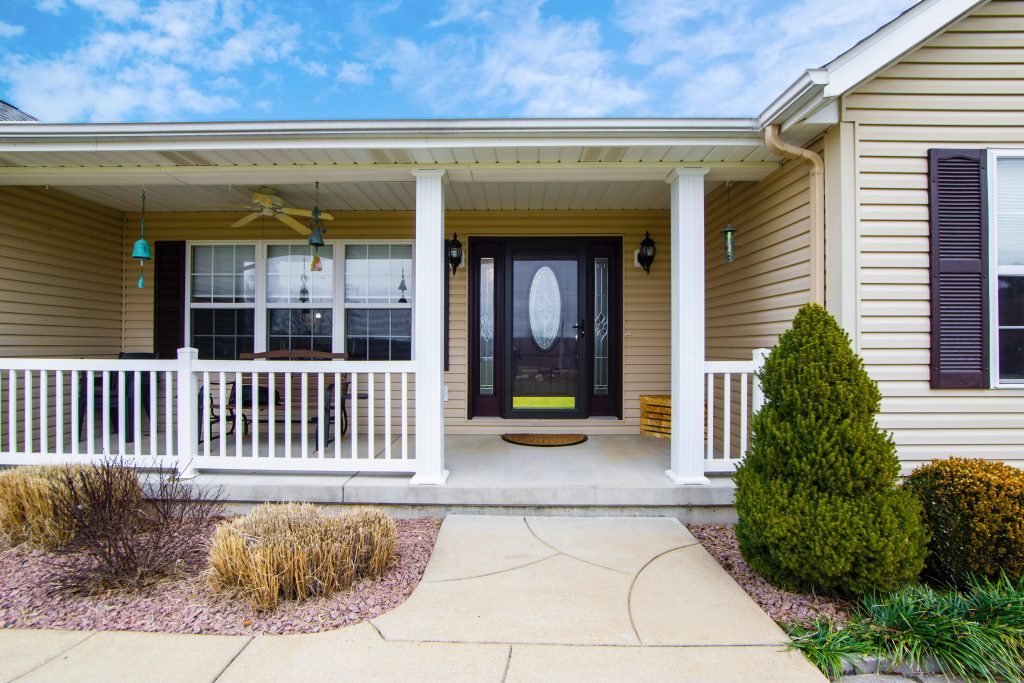The ownership of a rental property can be a valuable method of wealth-building for real estate investors, enabling monthly income in a manner less intimidating than dealing with the stock market. Real estate has always been a trustworthy and relatively stable way to build wealth, and rentals offer the additional draw of monthly cash flow and passive income.
With a rental home, the tenant effectively pays for the landlord’s mortgage by paying rent, leading to equity growth for the landlord over time. Rental prices have grown by as much as 3.1% over the past year, the highest they’ve been since 2017, and it’s a good time for investors to target this market and numbers are set to increase as millennials graduate college and enter the rental space for the first time as buying might be out of their price range.
Need-to-know Essentials
This article offers the need-to-know essentials of getting started with rental real estate investing:
Location Logistics
Location is particularly essential for the success of a real estate investment, and this includes rentals. For longer-term equity growth, purchasing a residential rental property in a sought-after area is especially important, as these are more likely to have a big pool of potential tenants. Investors should take the time to know their customers, and the general neighborhood, asking questions like who is the main demographic for rentals in this area, and which amenities would be desirable to them in close proximity? Finding the answers to these questions helps an investor buy a property which is in high demand with tenants.
In general, proximity to amenities such as good schooling, public transportation and shopping centers have a beneficial impact on the value of a rental property, but investors also need to be aware of less desirable location factors like being close to industrial areas, high crime rates, loud entertainment venues and others.
Rental Pricing
Rental prices are largely driven by supply and demand. People tend to want to live close to where they work, go to school, and spend other important parts of their lives. Investors should explore different demographic needs, such as major generational preferences. For example, younger people are shown to start out many times in apartments, wanting to be close to the nightlife and cities. Contrastingly, families want good schools, the elderly need accessible housing, doctors and more.
Before investing in a rental home, it is important to compare rental pricing with other similar properties in the area, simultaneously keeping any potential renovation costs in mind. The greatest mistake investors are likely to make in this scenario is overestimating the true value of the property, which often results in losses due to long-term vacancy or below-value leasing.
It is best to start with a more affordable investment such as a single-family residential or apartment vs starting with a multi-family building off the bat. A fair market-related price is more likely to attract a responsible tenant, guaranteeing a more stable long-term outcome. There are also some online options available to estimate pricing, such as Zillow or Rentometer.
Knowing the Numbers
With any investment, it’s key to know the numbers in and out, and real estate is no different. Every rental property an investor owns should be treated as an individual and separate business as each rental may perform differently. Prospective landlords need to meticulously estimate the potential expenses and costs associated with the ownership of a leased property. Without knowing these details, the investor runs the risk of owning an unprofitable asset.
Less experienced investors are advised to avoid properties needing extensive renovations, as these often need significant financial effort to become livable which can quickly become overwhelming.
Rental Realities
Regardless of location, landlords will have set expenses when owning their own rental property, including mortgages or debt services, taxes, utilities and potentially property management. While rental real estate has experienced a big upturn, vacancy, eviction and other realities of leasing a property could still potentially happen if the investor isn’t careful. In general, investors are advised to expect and plan for a loss of at least one month of rent annually. To keep cash flow optimal, it is also necessary to spend as little as possible on upgrades when starting out. The property will likely need maintenance and repairs during the course of tenancy anyway.
Prior to investing in a rental property, it is important to calculate the potential ROI to establish how good a deal it really is. These properties grow value in multiple ways- appreciating in value long term, capturing the possibilities of debt leverage and offering relatively stable monthly income. Even better, as the value of the property grows, the mortgage and other costs may decrease, and owning a rental property is a great way to build a set monthly income.

